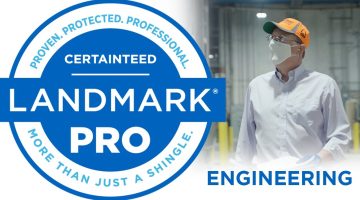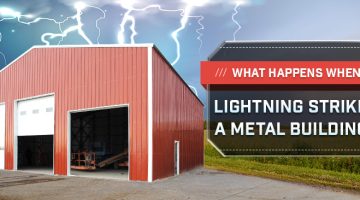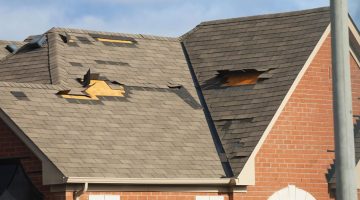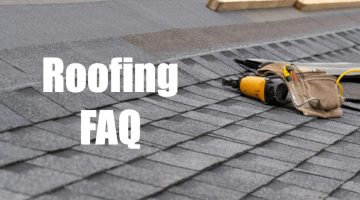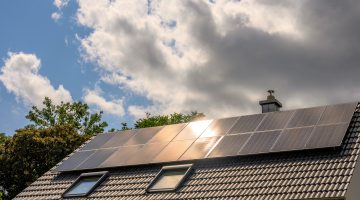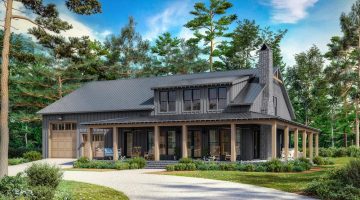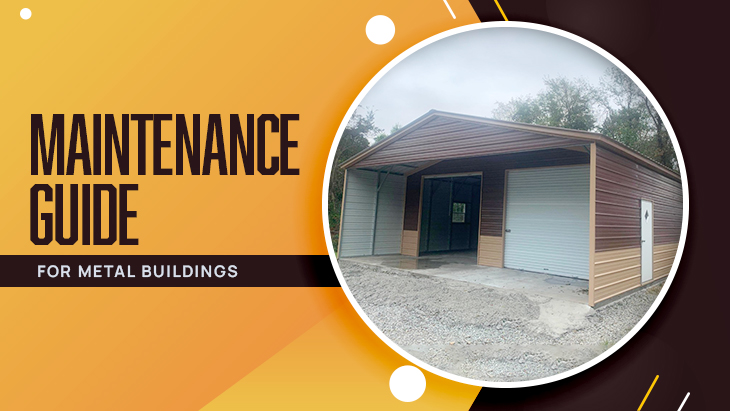
Metal buildings have become increasingly popular for their durability, versatility, and cost-effectiveness. Whether you’re using a metal building for a warehouse, agricultural storage, or even a barndominium, regular maintenance is essential to ensure the structure stays in top condition for years. While metal buildings are known for their low maintenance compared to traditional structures, neglect can lead to expensive repairs. This article provides a comprehensive guide on how to maintain a metal building effectively, helping you maximize your investment.
Why Maintenance is Essential for Metal Buildings
Metal buildings, especially those exposed to outdoor elements, can be subjected to various stressors, including moisture, temperature fluctuations, and physical damage. Proper maintenance ensures:
- Longevity: Regular checks and repairs prevent small issues from escalating into bigger, more costly problems.
- Energy Efficiency: A well-maintained building offers better insulation and energy performance.
- Aesthetic Appeal: Keeping the structure clean and rust-free enhances its appearance.
- Safety: Addressing structural issues early reduces the risk of accidents and improves overall safety.
Here are key steps to maintaining your metal building.
1. Regular Inspections
Performing routine inspections is the first step in maintaining a metal building. It allows you to catch problems early before they worsen. Plan for a full inspection at least twice a year, and after any major weather events, such as storms, hail, or heavy snowfall.
What to Look For:
- Roof Damage: Inspect for loose, bent, or missing panels. Hail and wind can cause dents, cracks, or even dislodge sections of the roof.
- Rust or Corrosion: Examine areas where water may accumulate, such as gutters, corners, or beneath roof seams, for signs of rust. Early-stage rust can often be treated before it spreads.
- Structural Integrity: Check the building’s framing, beams, and support columns for signs of bending, cracking, or weakening.
- Sealant and Insulation: Ensure that any caulking, sealant, or insulation is intact. Damaged or missing sealants can allow moisture to seep in, leading to corrosion or mold growth.
- Gutters and Drainage Systems: Gutters and downspouts should be clear of debris to prevent water from accumulating on the roof, which can lead to leaks.
2. Cleaning and Debris Removal
A clean metal building not only looks better but also prevents damage caused by dirt, mold, and other contaminants. Regular cleaning removes substances that can accelerate wear and tear.
Exterior Cleaning Tips:
- Remove Dirt and Grime: Wash the exterior of the building with water and a mild detergent to remove dirt, dust, and grime. Avoid using harsh chemicals, which can damage the metal’s protective coating.
- Prevent Mold and Mildew: In humid climates, mold and mildew can develop on the exterior surfaces. Use a soft-bristle brush to scrub these areas, and apply a mold inhibitor to prevent regrowth.
- Roof Cleaning: Clean the roof to remove leaves, branches, and other debris. Accumulation can lead to water pooling, which increases the risk of rust and leaks.
- Gutter Maintenance: Clean the gutters regularly, especially in fall when leaves and debris can clog drainage systems. A clogged gutter can cause water to overflow onto the building’s walls, leading to corrosion or water damage.
Interior Cleaning Tips:
- Dust and Dirt Removal: Keep the interior free of dust and dirt, which can accumulate on beams, walls, and ceilings. Regular sweeping or vacuuming will help keep the space clean.
- Check for Water Leaks: Any sign of water inside the building, such as stains or dampness on the walls or ceiling, needs immediate attention. Leaks can lead to rust, insulation damage, and mold growth.
3. Preventing and Treating Rust
Rust is the most common enemy of metal buildings, particularly in areas where moisture is prevalent. If left unchecked, rust can cause structural weakening and extensive damage.
Preventive Measures:
- Protective Coating: Many metal buildings are coated with rust-resistant paints or finishes. If your building lacks this or the coating is damaged, consider applying a rust-resistant primer and paint.
- Regular Inspections: Keep an eye out for early signs of rust. Small patches of rust can be treated before they spread.
- Moisture Management: Ensure that water does not collect around the base of the building or in gutters. Use vapor barriers and proper drainage systems to prevent standing water from coming into contact with the metal.
Treating Rust:
- Rust Removal: For small patches of rust, sand them down and apply a rust-inhibiting primer before repainting. For larger areas, you may need professional help.
- Reapply Protective Coating: After treating rust, apply a new protective coating to the area to prevent future corrosion.
4. Maintaining the Roof
The roof of your metal building requires special attention, as it bears the brunt of weather elements. Maintaining it properly will extend its lifespan and prevent costly repairs.
Roof Maintenance Tips:
- Inspect After Storms: After severe weather, inspect the roof for any signs of damage, such as dents, loose panels, or leaks.
- Seal Leaks Immediately: If you spot any leaks or potential weak points, seal them immediately with a high-quality roof sealant designed for metal buildings.
- Snow and Ice Removal: In colder climates, make sure snow and ice are cleared off the roof regularly to avoid excessive weight and potential collapse. Be cautious not to damage the roof during snow removal.
5. Seal and Insulate Properly
Proper sealing and insulation are crucial for keeping your metal building energy-efficient and comfortable. These also prevent moisture intrusion, which can lead to rust and other structural problems.
Steps for Maintaining Seals and Insulation:
- Inspect Insulation: Check the insulation for signs of wear, water damage, or mold. Damaged insulation can reduce energy efficiency and lead to higher heating and cooling costs.
- Seal Gaps and Cracks: Over time, gaps may form around windows, doors, and seams. Use caulking or weather stripping to seal these gaps and prevent drafts and moisture intrusion.
- Replace Worn Sealants: Caulk and sealants around windows, doors, and joints can degrade over time. Replace these as necessary to maintain a tight seal.
6. Protect Against Pests
Pests like rodents and birds can cause damage to metal buildings by chewing through insulation, creating nests, or leaving waste.
Pest Prevention Tips:
- Seal Entry Points: Inspect the building for any openings that pests could use to enter. Seal these points with steel wool or caulk.
- Install Screens: Use screens on vents and other necessary openings to prevent pests from entering without blocking airflow.
- Keep the Area Clean: Remove any food sources or debris around the building that could attract pests.
7. Paint and Refinish
Over time, the paint or finish on your metal building may fade or chip due to sun exposure, weather, or general wear and tear. Repainting your building not only enhances its appearance but also adds a layer of protection against the elements.
Repainting Tips:
- Choose the Right Paint: Use high-quality, rust-resistant paints specifically designed for metal buildings.
- Prepare the Surface: Before repainting, ensure the surface is clean, dry, and free of rust. Sand down any rough or rusty areas.
- Apply Multiple Coats: For best results, apply a primer followed by multiple coats of paint to ensure long-lasting protection.
Final Thoughts
Maintaining a metal building is relatively simple compared to other structures, but it does require diligence. Regular inspections, cleaning, and addressing minor issues promptly can significantly extend the life of your building and keep it looking and functioning at its best.
At Helius Roofing & Construction, we specialize in metal building installation and maintenance. If you have any questions or need professional help with your metal building, don’t hesitate to contact us. We’re here to help you protect your investment and ensure your structure remains strong and secure for years to come.



